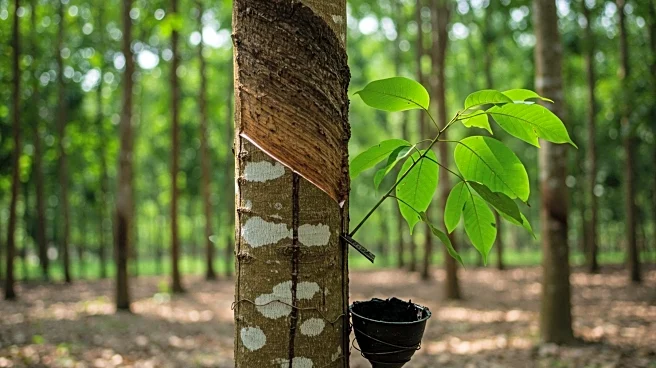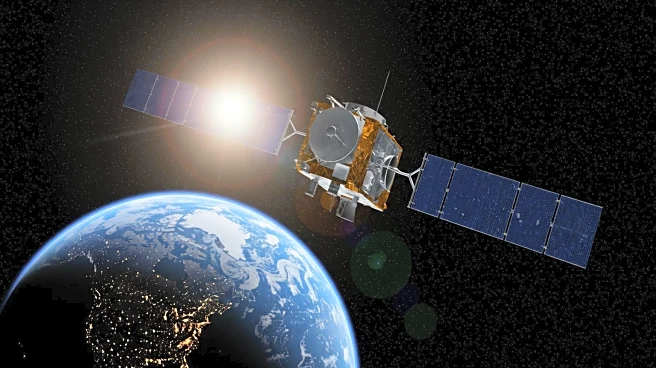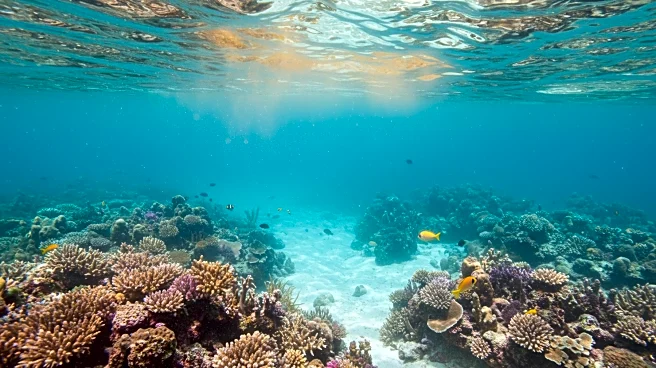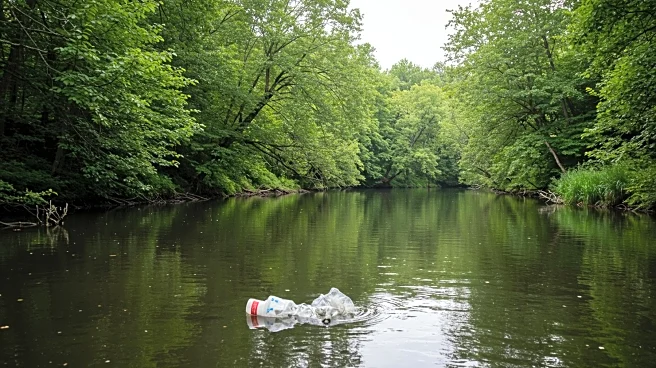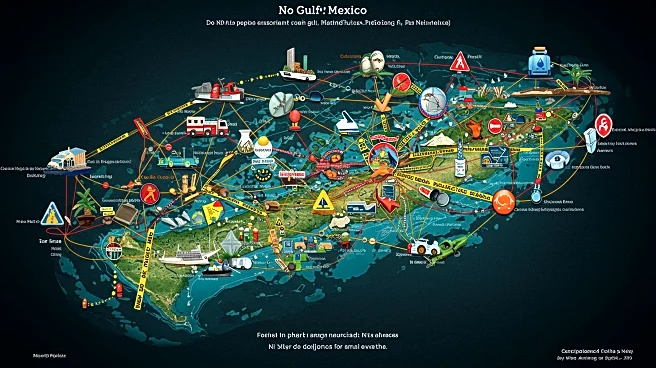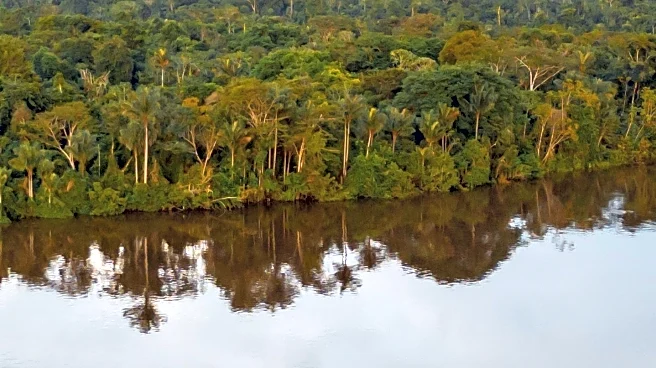What's Happening?
A recent study challenges previous estimates regarding the impact of rubber planting on deforestation in Southeast Asia. The study, which critiques the work of Wang et al., argues that the methods used to estimate deforestation caused by rubber planting are flawed. The original assessment suggested that rubber planting led to over 4 million hectares of deforestation since 1993. However, the new study claims that the actual deforestation extent is about one-quarter of that figure. The critique highlights that the definition of 'deforestation' used in the original study was misleading, as it included all tree cover loss, not just natural forests, encompassing young regrowth and other plantations.
Why It's Important?
This reassessment of deforestation data has significant implications for environmental policy and conservation efforts. Accurate data is crucial for setting effective deforestation policies and understanding the environmental impact of agricultural practices. If the new study's findings are accurate, it could lead to a reevaluation of policies targeting rubber planting and its environmental consequences. This could affect international conservation strategies and funding allocations aimed at preserving natural forests.
Beyond the Headlines
The debate over deforestation data underscores the complexities of environmental monitoring and the importance of methodological rigor. It also highlights the challenges in balancing agricultural development with environmental conservation. The findings may prompt further research into sustainable agricultural practices and the development of more precise monitoring technologies.
